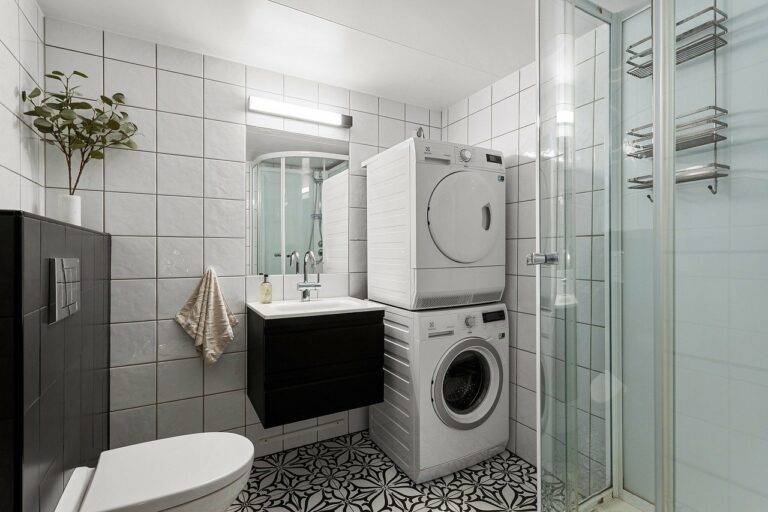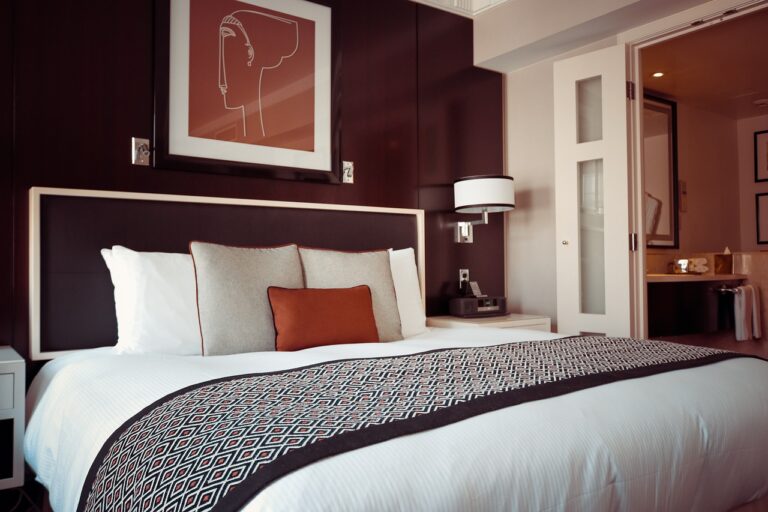Designing Accessible Home Additions for Aging in Place
goldbet7. com, radhe exchange, 11x play:Designing accessible home additions for aging in place is a crucial consideration for many homeowners as they plan for the future. As we age, our mobility and physical abilities may change, making it essential to ensure that our living spaces are safe, comfortable, and accessible. By incorporating thoughtful design elements into home additions, individuals can create spaces that allow them to age in place with independence and dignity.
Planning for the Future
When considering home additions for aging in place, it’s important to start by thinking about your current and potential future needs. By taking the time to assess your lifestyle, mobility, and any health conditions, you can identify areas of your home that may need to be modified or updated to accommodate your changing needs. This proactive approach can help you create a living space that will support you as you age, allowing you to stay in your home for as long as possible.
Accessible Design Elements
There are several key design elements to consider when planning accessible home additions for aging in place. These elements can help improve safety, comfort, and ease of use for individuals with limited mobility or physical abilities. Some important design considerations include:
1. Wide doorways and hallways to accommodate wheelchairs or walkers
2. Lever-style door handles that are easier to grip and operate than traditional knobs
3. Non-slip flooring in bathrooms and other high-traffic areas
4. Grab bars and handrails in key locations, such as bathrooms and stairwells
5. Well-lit spaces with ample natural and artificial lighting to improve visibility
6. Accessible storage solutions, such as pull-out shelves and adjustable-height cabinets
7. Zero-step entryways and low-threshold showers to eliminate barriers for individuals with mobility issues
By incorporating these design elements into home additions, you can create a more accessible and functional living space that meets your needs both now and in the future.
Consulting with Professionals
When planning accessible home additions for aging in place, it can be beneficial to work with professionals who specialize in universal design and accessibility. Architects, designers, and contractors with experience in this area can offer valuable insights and recommendations to help you create a space that is both functional and aesthetically pleasing. They can help you navigate building codes and regulations, select appropriate materials and fixtures, and ensure that your home additions meet your specific needs and preferences.
Frequently Asked Questions
Q: How much will it cost to design and build accessible home additions for aging in place?
A: The cost of designing and building accessible home additions can vary depending on the scope of the project, the materials used, and other factors. It’s important to obtain quotes from multiple contractors and professionals to get an accurate estimate of the total cost.
Q: How long does it take to complete accessible home additions?
A: The timeline for completing accessible home additions will depend on the size and complexity of the project. It’s important to work with your contractor to establish a realistic timeline and keep communication open throughout the construction process.
Q: Can I make my existing home more accessible without building additions?
A: Yes, there are many ways to make existing homes more accessible for aging in place, such as installing grab bars, widening doorways, and adding ramps or stairlifts. Working with a professional can help you identify the best solutions for your specific needs.
In conclusion, designing accessible home additions for aging in place is an important consideration for homeowners looking to create safe, comfortable, and functional living spaces as they age. By incorporating thoughtful design elements, consulting with professionals, and planning for the future, individuals can create homes that support their changing needs and allow them to age in place with independence and dignity.







